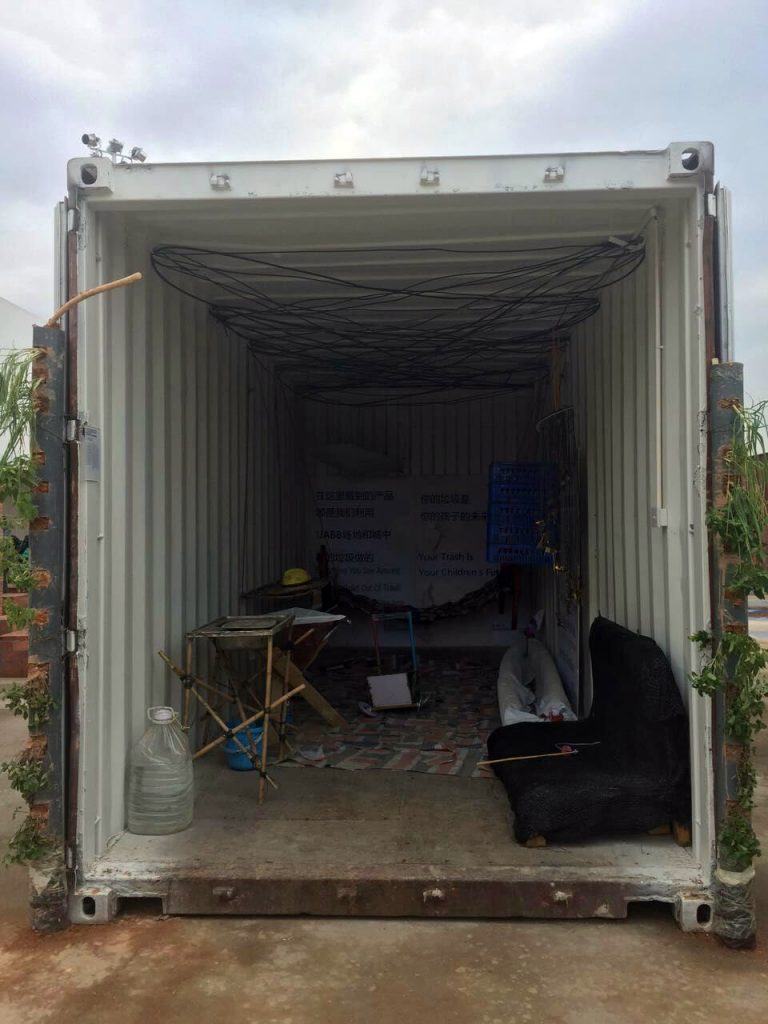
This theory is based on principle cornerstones that are supposed to guide the practitioner of the theory. They all are aimed to assure to think locally and adapt the project to the local environment and changing landscape. Given the complexity of humanitarian support the needs and priorities of the target community changes. The project has to adapt accordingly or it will (at best) not address the perceived needs or (at worst) harm the development of resilience within a community because of the artificially constructed dependency. Most money spend on HR or materials should be spend within the target community. If specific capacities are not present they should be built up and not imported.
Principally locally – The first principle is to assure to think locally and adapt the project to the local environment and changing landscape. Given the complexity of humanitarian support the needs and priorities of the target community changes. The project has to adapt accordingly or it will (at best) not address the perceived needs or (at worst) harm the development of resilience within a community because of the artificially constructed dependency. Most money spend on HR or materials should be spend within the target community. If specific capacities are not present they should be built up and not imported.
Transfer of ownership – An essential principle is to create sustainability through the transfer of ownership of the entire project. Assure that projects are run by local legitimate stakeholders, over time, ownership is transferred. Use social enterprise models or trusts systems to facilitate a transfer of ownership of all project assets before external funding runs out.
The principle WWMGD – The easiest way to summarize this, is to ask, WWMGD – “What Would Mac Gyver Do?” Responsible for setting up a country office, constructing or delivering humanitarian items? Use local markets and artisans to produce whatever you need. Get it 2nd hand or construct the item using low tech solutions. If the product is more complicated or technologically advanced? Use rapid manufacturing solutions like 3d printing, laser cutting and C&C machines, in order to create a pipeline for the products that are required for the project. In doing so you create local expertise and livelihoods that might be able to supply the product to the local market. Use local materials and ideally free and polluting materials (like old paper, metal, wood, plastic and computer parts).
The will of the target community – The last principle to mention is that you can not do anything against the will of the target community. If you strive to solve a problem, make sure this problem is perceived as such by the target community. If not, the first step should be to raise awareness to the problem so the target community has an active interest in solving it. Here we are all outsiders. We do not understand the local community and culture because we do not come from it. Therefore, keep your lips shut as much as possible and listen to everyone. The main stakeholders in a community are seldom the ones that have titles (like major or priest) but are the unofficially selected leaders like the elders of the community.
Methodology
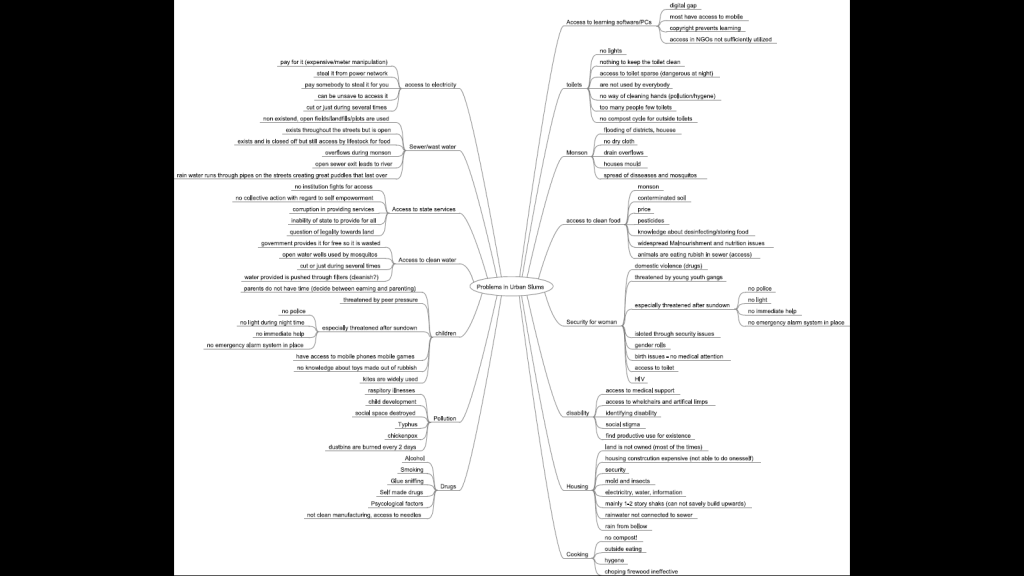
A clear methodology can not be given because this is fluent process and there are no clear ends to specific processes. However to convene the central themes of the process will hopefully inspire you to replicate and improve upon it.
The first process to start and not really ever end is the engagement and research with the target community. Ideally, members of the target community or individuals close to them will be trained to conduct qualitative and quantitative research on the ground. The goal of this research is to understand waste streams, what materials are needed and disregarded (free to use) within the community. The other aspect of the research is to understand the perceived and “real” needs of the target community. This is mirrored to the community stakeholders engaged through the research. Their feedback is recorded as well.
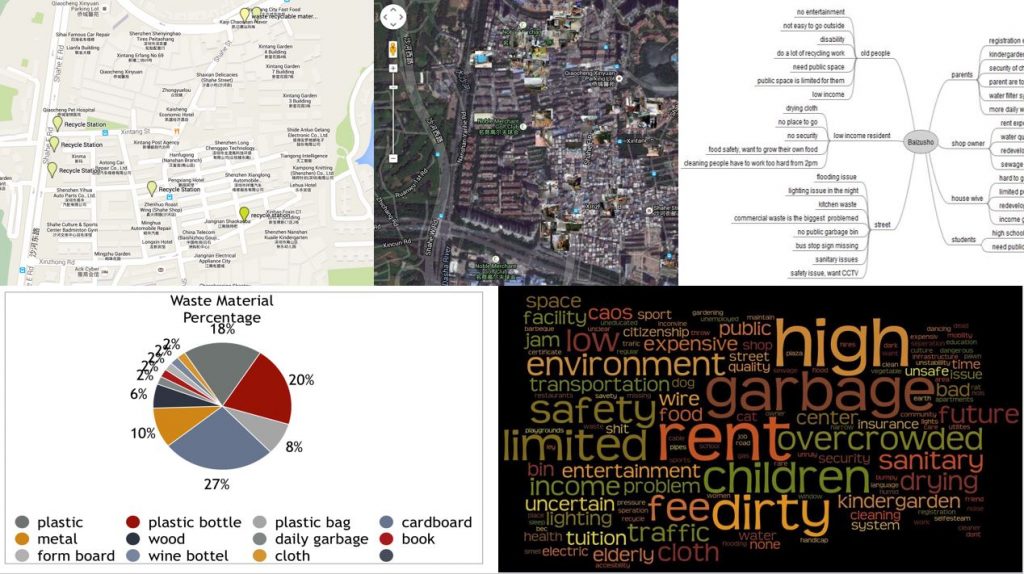
Until now the project has identified what materials to use. It identified the “real” and perceived problems of the target community. Most essentially however, it created a human connection between the people that want to engage in the project and the target community. Main stakeholders are engaged and engaged to empower them as inventors or main contributors of the project, to increase the “street credit” of the project within the target community. This is done if these stakeholders engaged or did not engage constructively.
Then the participants start to brainstorm about possible solutions of the product and test their ideas with the community in such as way the the people get more and more agency and ownership over the product development process. This will assure ownership and local production of the product if needed and perceived to be indigenous or non threatening. Many innovative products fail to do so making technology fail within the community even though it helps (like we did with our Bio Sand Filters.
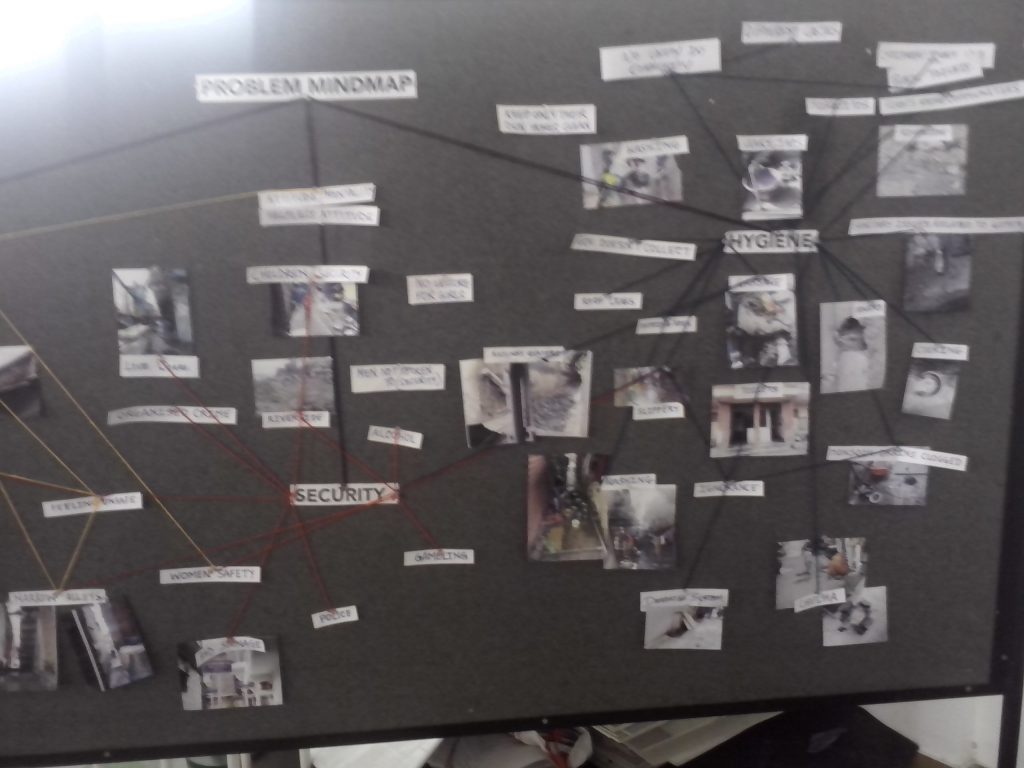
The application of the product within the community is then more or less dependent on the financial strength of the project and the ability of the participants to create a sustainable manufacturing process of the product within the community.
This assures that the process is improved and the product is produced just as long as it is needed. We hope that this helps to solve the sustainability question of the production of a lot of different humanitarian products. It reduces corruption, waste of resources of any kind in any process of the set up and production of a humanitarian project or product.
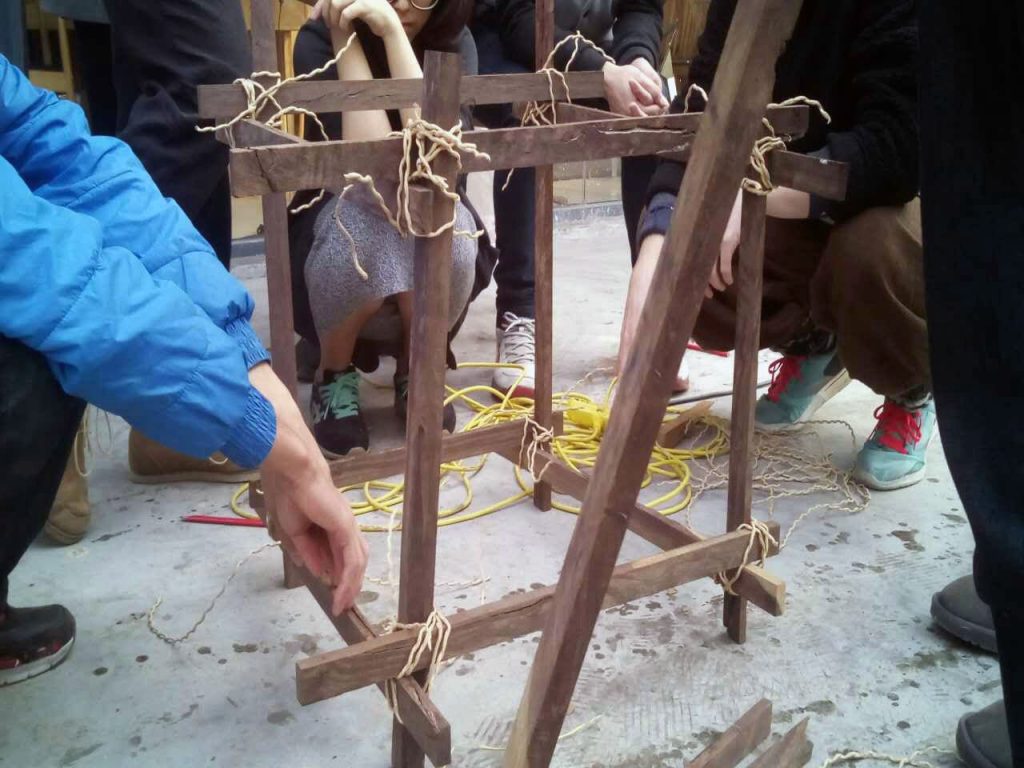
If you like to learn more or apply to the process please contact us! We also have a lot of project reports to go through if you are into that kind of thing.